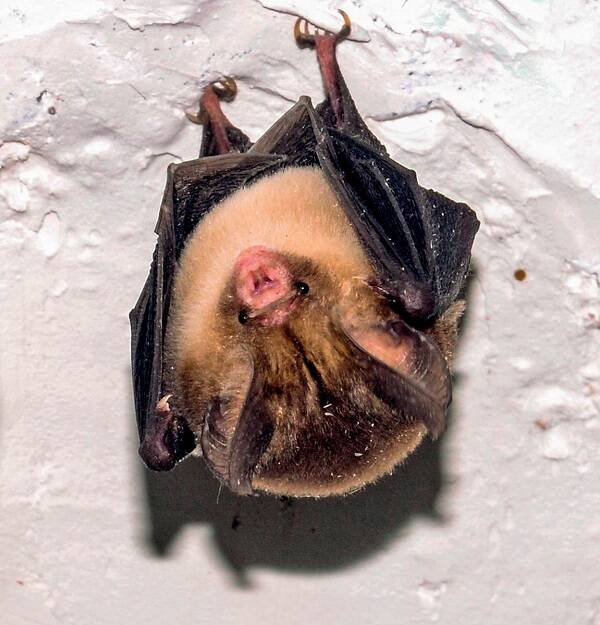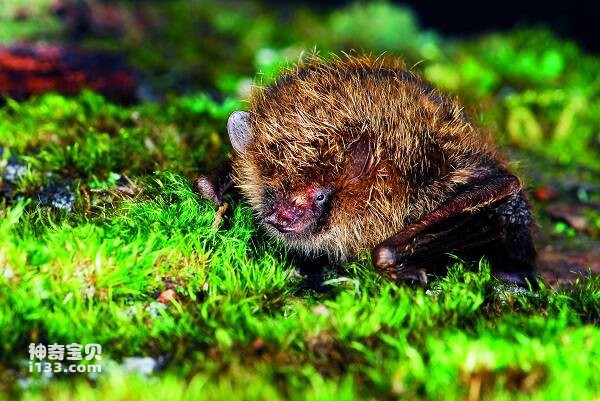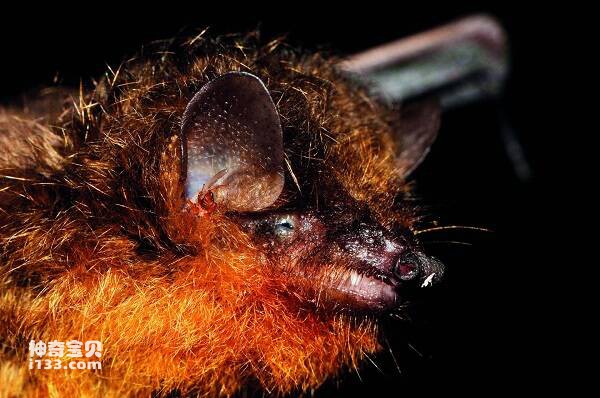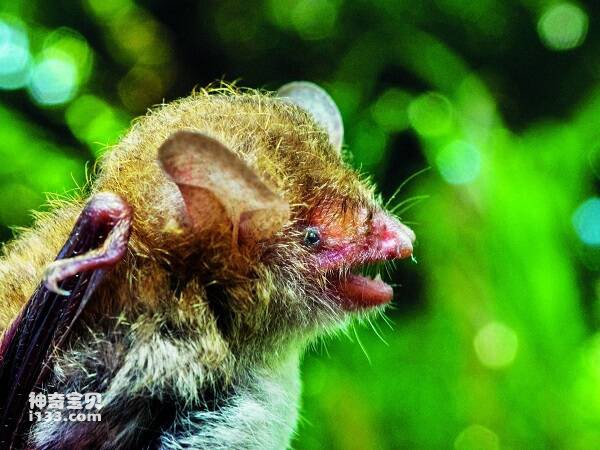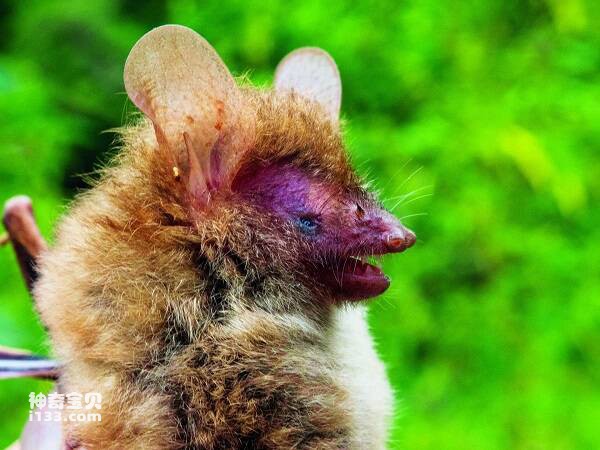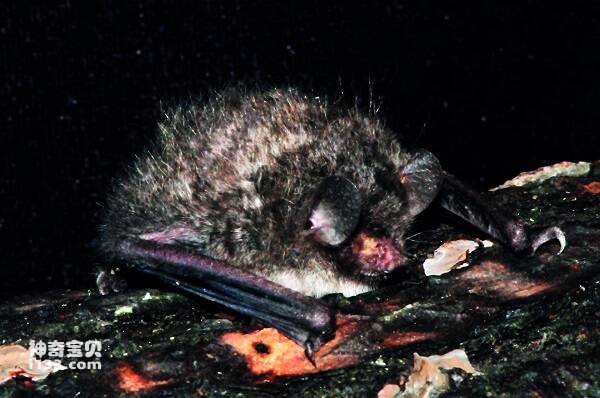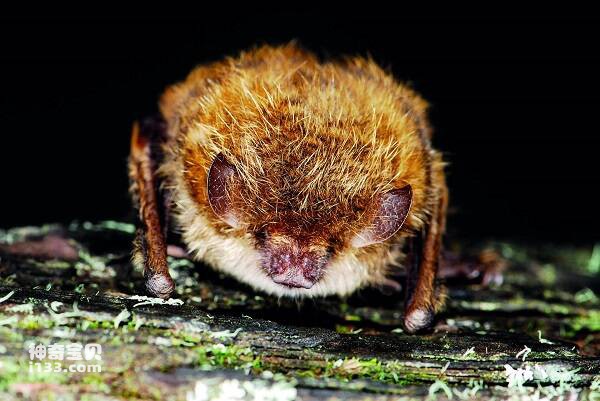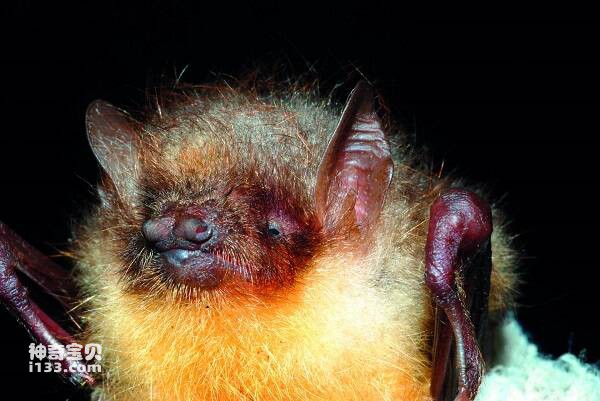Hipposideros pomona
IUCN
LCBasic Information
Scientific classification
- name:Hipposideros pomona
- Scientific Name:Hipposideros pomona
- Outline:Chiroptera
- Family:Pterodactyla H.B.family H.B.Genus
Vital signs
- length:32.4-36.0mm
- Weight:3.7-4.5g
- lifetime:
Feature
The ears are particularly large, the body hair is long and soft; the back hair is gray-brown and slightly white, with pointed hair.
Distribution and Habitat
In China, it is distributed in Fujian, Guangdong, Guangxi, Hainan, Hunan, Sichuan, Yunnan, Guizhou and Hong Kong. It is distributed abroad in South Asia and Southeast Asia, such as Laos, Thailand, India, Vietnam and Malaysia.
Small hoofed bats usually inhabit dark, medium-humidity caves, caves, crevices in cliffs, and rarely inhabit ceilings of abandoned buildings.
Appearance
It's small. Forearm length about 43mm. The ears are particularly large, 19-24mm long, wide and round, low against the tragus and fully connected to the ear shell. The nose lobe is complex, the center of the horseshoe leaf is carved, and there are no leaflets on both sides. The middle lobe is underdeveloped; The parietal lobe has two mediastines. Both sexes have frontal cystic glands. The body hair is soft, the back hair is brown, the hair base is grayish white, and the abdominal hair is lighter and grayish white.
Details
Lesser hoofed bats are smaller. It lives in wet caves or abandoned bomb shelters. It is a relatively common species, usually gathering tens or hundreds of large groups, and other species of bats can be seen in the same cave. Nocturnal activity. Insectivorous, mostly lepidoptera insects.
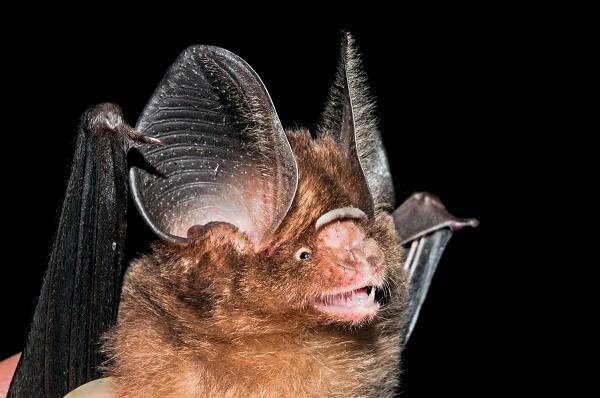
Fly in the evening or at night in search of food. Depending on the species, small-hoofed bats feed mainly on fine insects such as beetles and moths, and bring their prey back to the nest to eat. During the day, little hoofed bats seek dark, hidden places to sleep head down, with their wings folded near or against their bodies. Small-hooved bats are different from some special bat groups, belonging to the bisexual cohabitation mode, in the same environment, the male and female ratio is close to 1:1, in the cold season, small-hooved bats will hibernate or migrate.
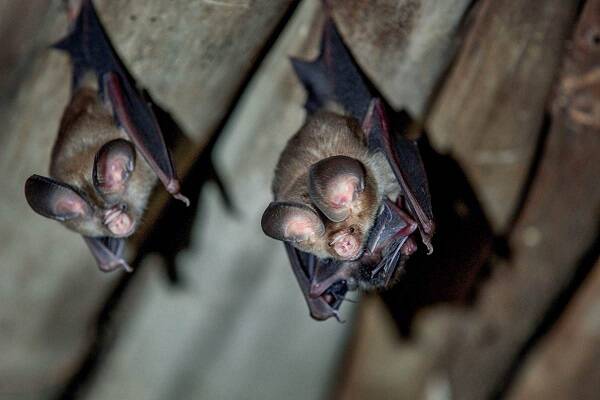
The sexual cycle of the entire colony is synchronized, so most mating activity occurs within a few weeks. The gestation period is about March to April. Because of its long gestation period, its fertility is not high, and it is an endangered species. Small hoofed bats usually give birth to one to four litters. The young are born hairless or hairless, often unable to see or hear for some time. The young are cared for by their parents for 1-2 months.
The small hoofed bat is very rare in China and is listed as an endangered species due to its low fertility and sparse distribution.
